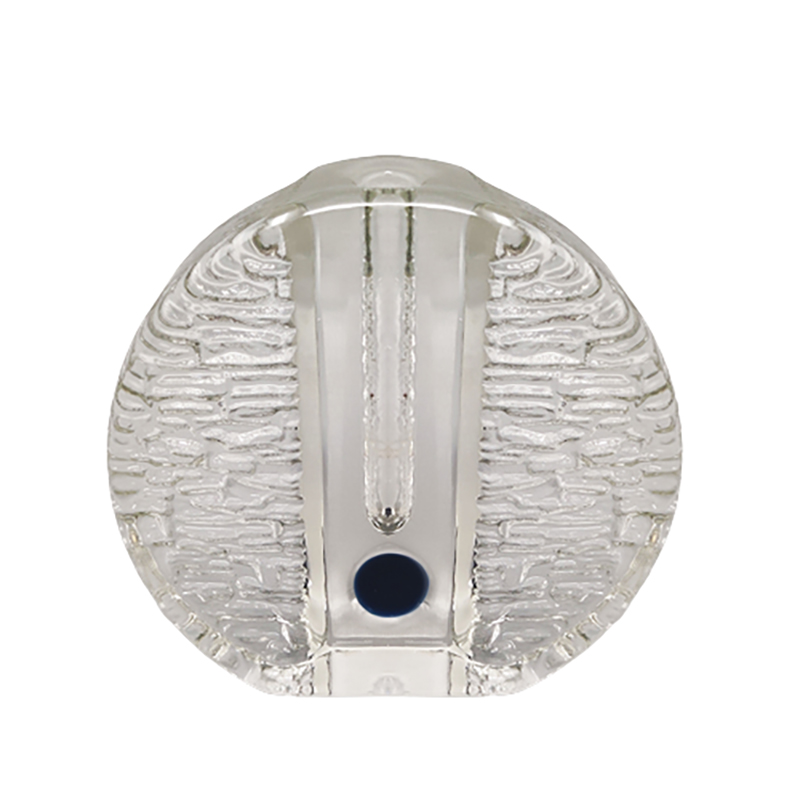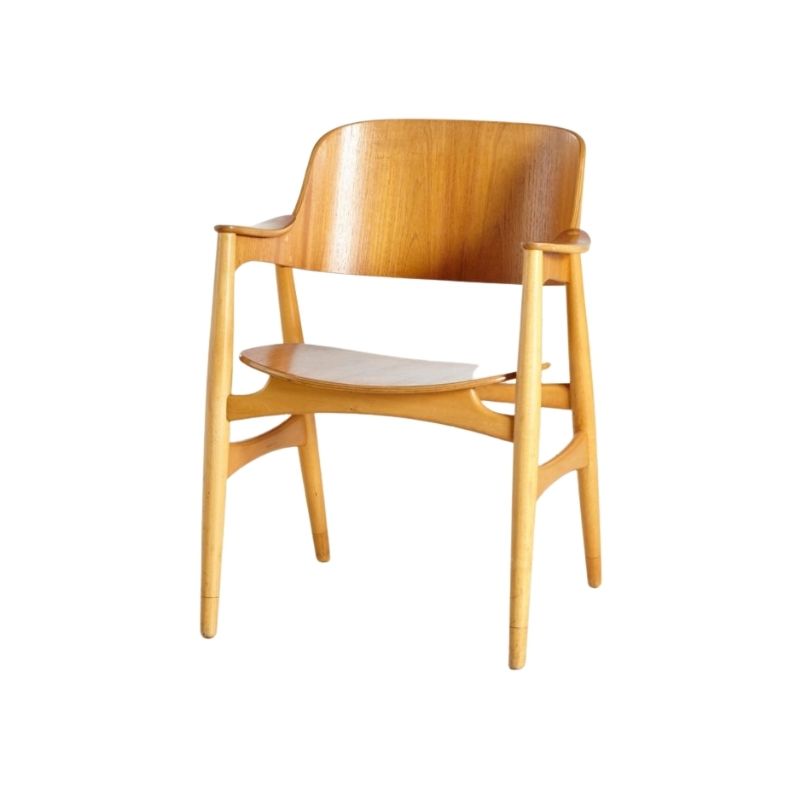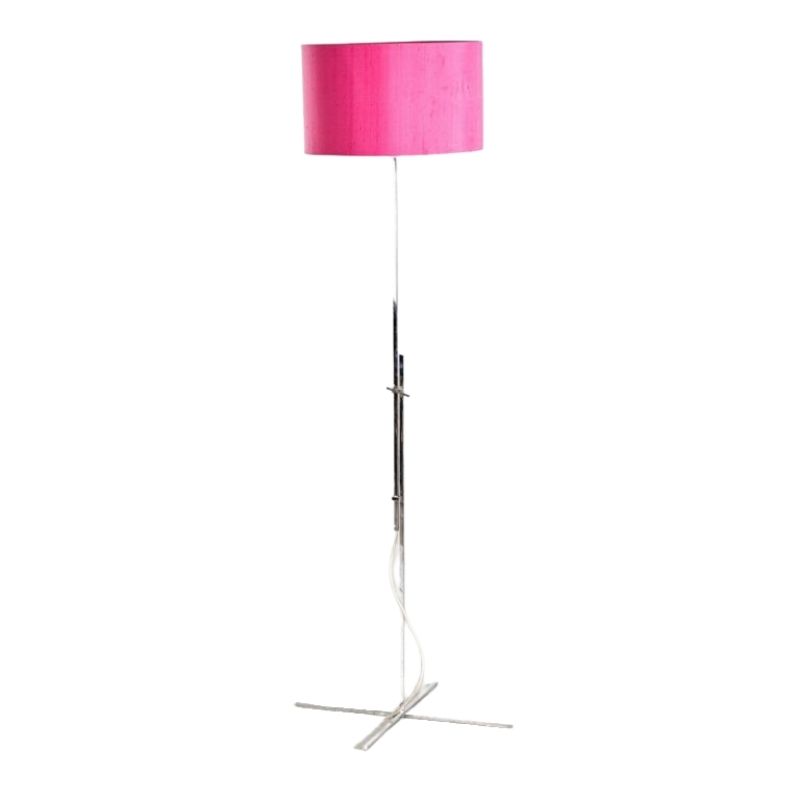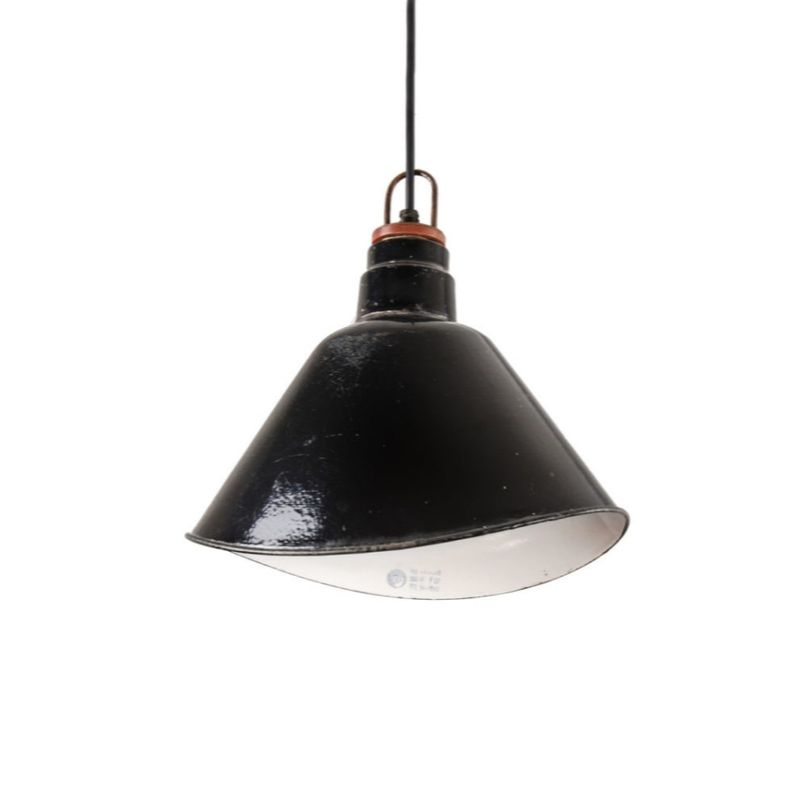Wondering if anyone has experience or good info regarding fixing a broken chair leg. photo attached.
To add context to the damage (if helpful), it happened as someone was sitting in the chair and tried to scoot forward -- you could hear the front leg just buckle/crack.
i'm separately interested if there are any favorite solutions to spare my other chairs the same fate (e.g., glides that are used for the bottoms of legs). I don't love the idea of the glides on many levels, but i'm open to ideas. And, yes, picking better dinner guests has crossed my mind 🙂

The first thing I would do...
The first thing I would do is use a bar clamp to see how successfully the crack can be fully brought back together. Unless there is splintered wood inside the crack, I suspect it will clamp together pretty nicely, perhaps even so that you cannot really even see the crack.
Then I would use a glue like Titebond, making sure to inject it into the crack so that all surfaces of the crack and the tenon get covered before clamping it back together again. It might take some care to make sure the glue does not come into contact with the cord.
I think there is a good chance that it can be repaired very successfully.
I did a similar repair to a...
I did a similar repair to a Wegner CH23 just a couple of weeks ago. tchp laid out the strategy. Here are a couple of additional items I did which may be useful for you:
1) I used a C-clamp, but had problems with getting a good "bite" on the wood due to curved top and a small surface area to work with. Therefore, I taped a piece of scrap oak trim to the leg below, after wrapping the leg with either paper/plastic bag to avoid having the tape possibly mar the oil finish. In this "splint" setup, I allowed the top of the oak trim to run passed the top of the leg. Then, when using the clamp, I was able to get a good flat surface on once side to facilitate a tight clamp.
2) Get a disposable glue syringe to inject the glue into the crack as far as possible. You may need to push very hard. Once you see glue filling up the crack, stop. After clamping, you will then need to clean up the squeezed out glue before drying.
3) Plastic grocery bags work well for isolating cord and other areas from the working surface. Poke a hole through the bag and place it around the leg top. Then, wrap tape (duct) on top of the bag and around the seat/leg to keep it in place. This strategy also works well to protect the cord when oiling/conditioning wood.
If you need any help, please contact us at – info@designaddict.com









